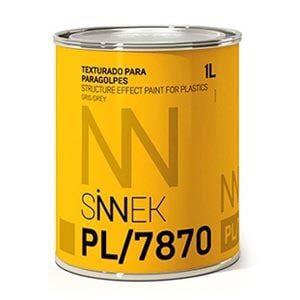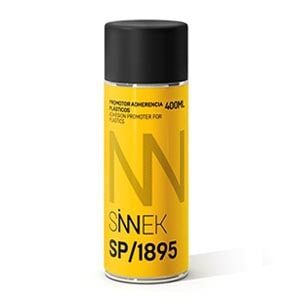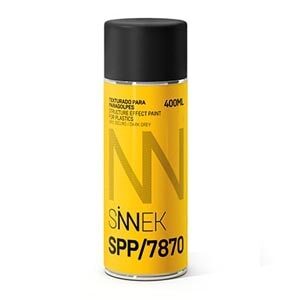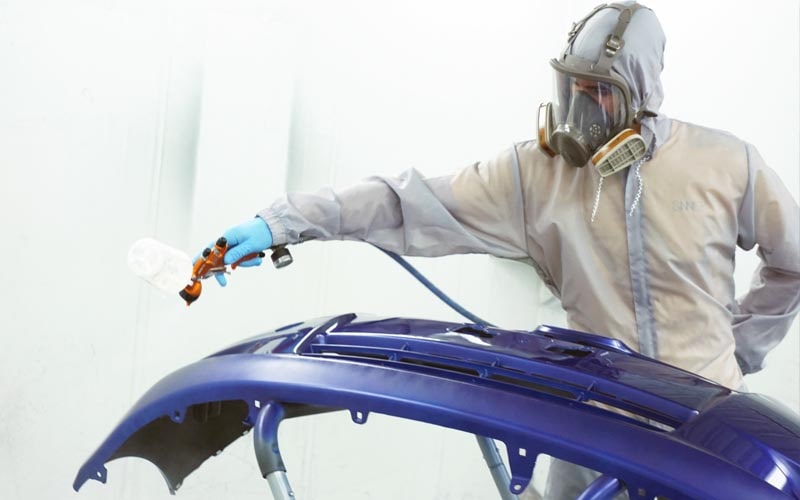
Painting the plastic on a vehicle, as mentioned in the post on types of plastics in the automotive industry, has a series of particularities compared to other materials such as steel or aluminium.
Less weight, reduced consumption and emissions, numerous design options and good thermal or acoustic insulation performance are just some of them.
When using the different various paints for plastic, always bear in mind a number of aspects to optimise the quality of the repair:
Factors to consider when painting plastic
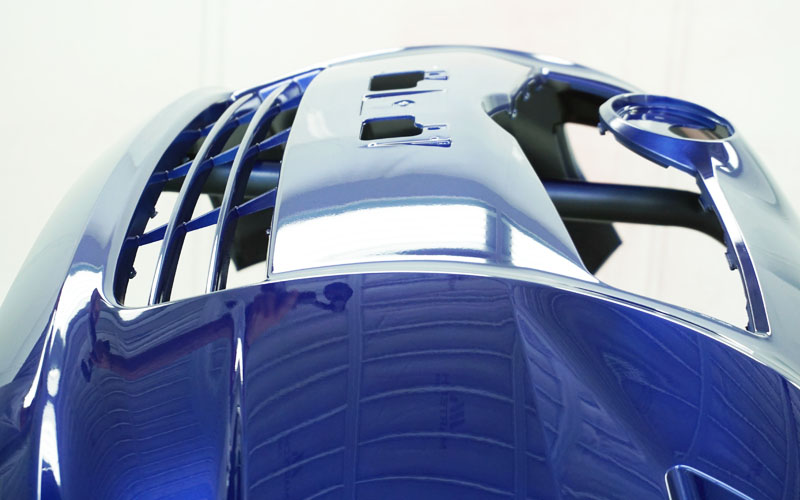
Elasticity and flexibility
Generally, the plastics used in the automotive industry are highly elastic and flexible, these parts being capable of being deformed and recovering their original shape without breaking.
For example, if you were to use the same treatment for a plastic part and a sheet metal part, in case of impact, the latter not being capable of deforming as the plastic part would, would result in a paint crack or detachment.
To avoid this problem, there are products and paints for plastic that are specially adapted to provide the final coat of paint with greater elasticity, while offering better performance under pressure and mechanical compression after an impact.

Reduced adhesion
Another factor to consider is adhesion. Plastic materials have their own polarity and surface tension, which makes it difficult for the paint to adhere correctly to the surface.
To solve this problem, adhesion promoters (also adapted to spray format for spot repairs) and special primers for plastics are used.
It should also be recalled that in order to optimise paint adhesion to a plastic surface, it is essential to carry out a prior comprehensive degreasing and cleaning process.
Chemical resistance
Some plastics have low chemical resistance to certain special solvents, which can lead to the degradation of the part during the cleaning and degreasing process .
You should avoid using these products to prevent the plastic material from deforming, dissolving or deteriorating.
Increased mechanical stress
Due to their location in a vehicle’s bodywork, plastic parts will be subject to greater mechanical stress, such as vibrations during driving, scratches or impacts. Parts such as bumpers or side mouldings in a vehicle are specially designed to provide good performance and durability against this type of action, so the paint used on these surfaces must provide a performance in accordance with this.
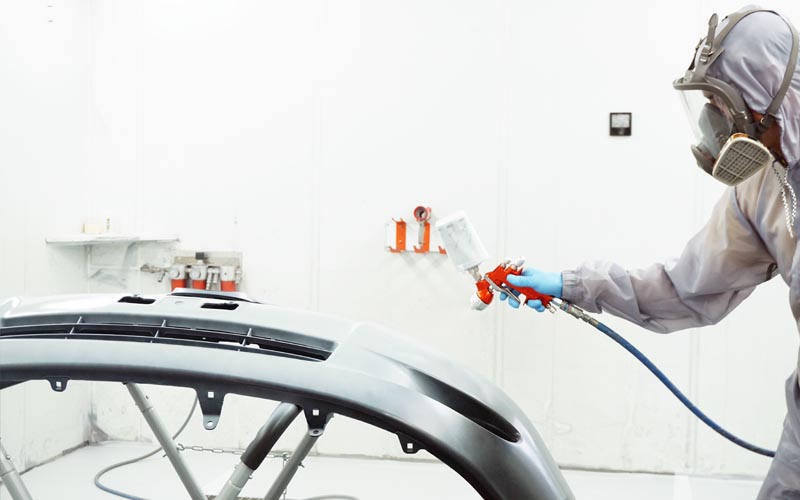
Special textures
During the manufacturing process, some moulds for automotive plastic parts are made of a rough surface that gives the part a textured finish.
To reproduce factory textures in the workshop, there are paints for plastic that contain texturising additives, such as textured paint for bumpers, both in container and in spray format, which provide a characteristic matte and rough finish.
Why paint the plastic parts?
Although factory plastics can be obtained in different colours and shades, there are several reasons for painting these parts:
Functional requirements
Painting of the plastic parts increases their weather resistance.
Although plastic does not rust like metals, they can be degraded after long periods of exposure to atmospheric agents (UV rays, humidity), chemical agents (fuels, oils, detergents) or mechanical agents (abrasion, scratching).
As a result, surface wear and/or gloss may occur.
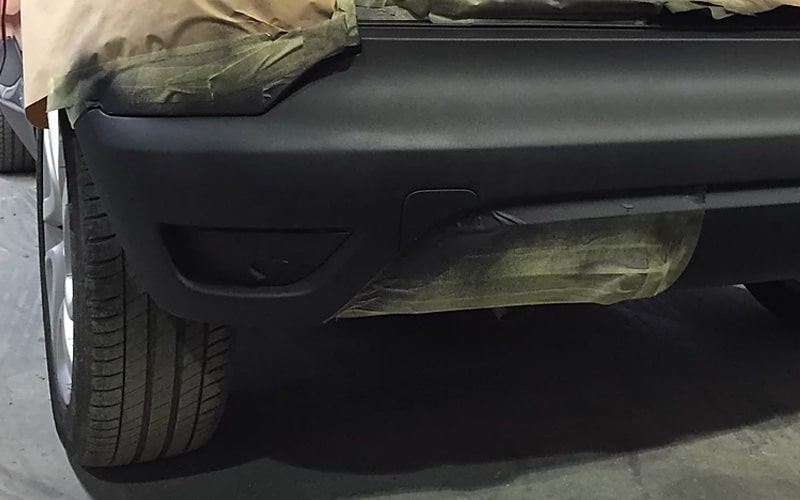
Aesthetic requirements
Although colour loads with a high pigment concentration can be added during the manufacturing and moulding process of the plastic, due to the very characteristics of the material, this colour will not be able to reproduce the same gloss and shade as those of sheet metal parts.
That is why the finish colour must be applied in order to achieve the best colour reproduction and matching of plastic and sheet metal parts.
Furthermore, the finish paint makes it easier to conceal uneven finishes in some types of plastics, such as fibre-reinforced plastics.
Tips for painting plastics on a vehicle
- A deep and thorough cleaning and degreasing of the plastic substrate to paint will be crucial to improve the coat of paint’s adhesion and anchoring performance.
- Correctly identifying the type of plastic to repair will help choose the type of repair and the product to be used (primer, adhesion promoter, etc.).
- Always follow the indications provided on each product’s technical data sheet, in what regards the application process, paint preparation, drying times, adjustment of the spray gun, etc.
- Avoid the filtration of textured finishes.
- Avoid product overload and high coat thickness: this practice can lead to absorption between coats.




